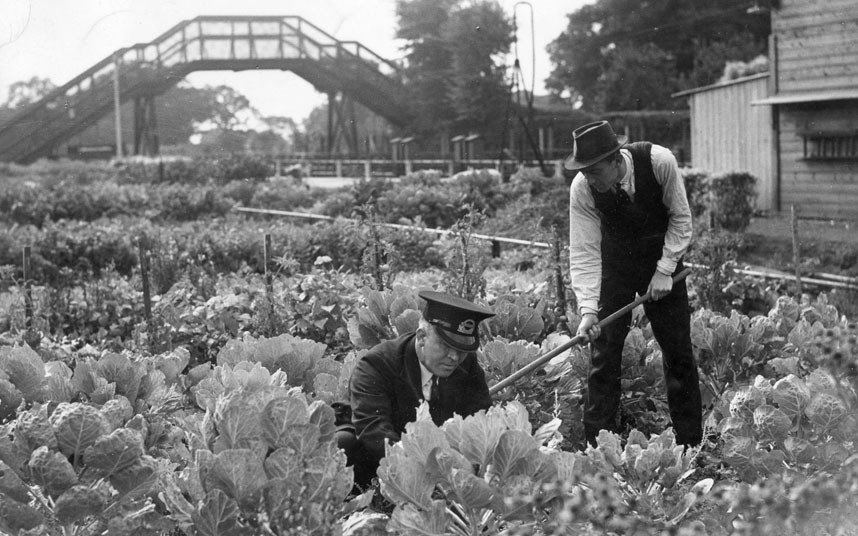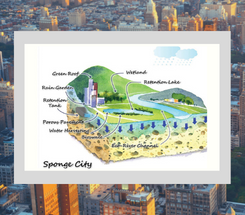Trees
What do you do in your life to make a difference in this world?
It’s called carbon capture technology, where the focus is to capture and store the carbon that has already been released into the atmosphere so that the greenhouse effect may be alleviated. Some propose to use a pipe to pump carbon dioxide in our air into deep underground shafts, but these technologies are not proven and are hard to implement as they may have unintended consequences.
Instead, there is a sophisticated yet already proven technology that goes unnoticed.
It’s trees!
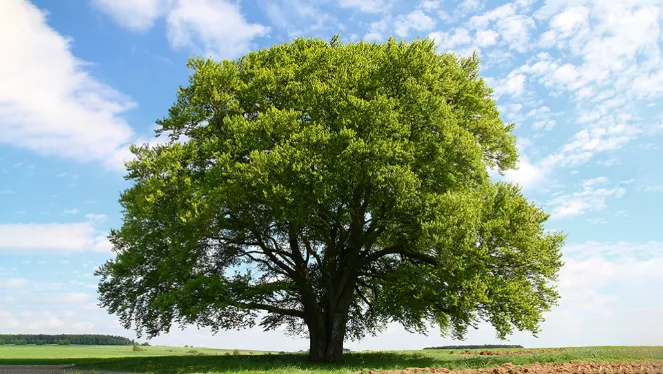
Some say that these trees are nothing but yet another ephemeral solution because no tree lives forever. It’s true that every tree will die and decompose one day, eventually releasing the carbon back into the atmosphere. But what’s important is the speed of such a cycle. Trees often live for several decades and it also takes another several decade for them to decompose back into the soil. During this rather slow process, carbon is released very slowly and other budding trees will take up this carbon. Therefore, if we can preserve and expand our forests, such a cycle will be able to repeat itself indefinitely, establishing itself as a permanent solution.
So what now? Do we just plant more trees and hope for our carbon levels to be lowered?
Well actually, kind of yes.
In 2019, a study by the Crowther lab in Zurich gained much attention as it revealed that the Earth, preserving its current practices and land usage, could still accommodate 1.2 trillion more trees. This would translate to an additional 200 gigatons of carbon being absorbed. In fact, this study was so magnitudinous that the ‘Billion Tree Campaign’ initiated by the UN was upped to a ‘trillion’ following the publication. In accordance, many projects are underway to plant more trees and preserve forests around the world.
It would be easy to jump to the conclusion that such efforts would be only limited to the Amazon and deep rainforests. However, such efforts perhaps hold more importance in cities like Hong Kong too.
Urban forestation has an even more crucial role to play in a concrete jungle like Hong Kong. Research has shown that trees are beneficial for the well-being of a city. Although you may not realize, just looking at trees can relieve our stress greatly. A team of scientists exposed participants to 15 minutes of either green forests, or urban settings. Those exposed to the forestry scene reported lower degrees of anxiety, stress, and depression. So, the next time when you are burdened by the unbearable assignments at HKUST, you could gaze into the forests surrounding our campus to feel better. Sadly, this is not the case for those living in the crowded network of concrete buildings in other areas of Hong Kong.
Apart from the mental benefits of trees, they also give numerous health benefits such as filtering the air to provide clean oxygen in an otherwise suffocating atmosphere. It also helps to cool down cities. Especially in the notorious summers of Hong Kong, patches of trees help bring the surrounding temperature down by as much as 5 degrees Celsius[JYS2] .
So we can conclude that an emphasis on urban forestation will contribute greatly towards achieving the goal of planting an additional 1 trillion trees and help lower our carbon levels while maximizing the benefits for us to enjoy.
Hong Kong has thankfully realized the importance of trees and has begun its ‘Greening Initiative’ in 2004. In the past decade, the government has planted an additional 400 thousand trees in urban areas, while in rural country parks, the figure reaches a whopping 5 million.
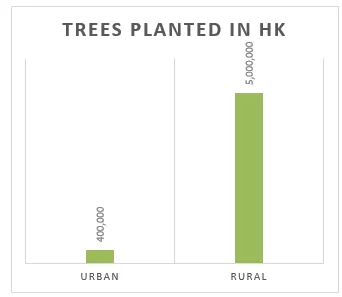
Experts expect that the figure can be increased dramatically and bring massive benefits for the people of Hong Kong if more trees can be planted in the walkways of the busiest city districts. However, there is a conflict of interest from even citizens who on one hand wish for more greenery, but on the other hand, have a NIMBY (Not in my backyard) attitude towards it. Moreover, the rooted roadways are a guideline to the city’s complex underground network of pipes and cables. This presents a complicated problem for trees to stretch their roots. In view of these realistic problems, much of the greening projects in the city centers are merely superficial.
The only way to incorporate more greenery, in this case, would be to embrace ‘green infrastructure’. Incorporating plants and trees in the design and architecture of new and old buildings will be a creative way to make harmony between cities and forests. With new buildings being built every day in Hong Kong, I wish that an increasing number of projects will incorporate green infrastructure to convert Hong Kong into a metropolitan mega-forest in the future.
It’s pretty clear that preserving forests and planting more of them will be the way forward for humanity. Trees are a proven solution to capture carbon and brings us immense benefits. One way for a city like Hong Kong to achieve this is to incorporate urban forestation and in particular designing new projects in line with green infrastructure. Oh, and also remember how lucky we, HKUST students are to be surrounded by so many trees and remember to gaze at them the next time you feel the stress and tension of our school.

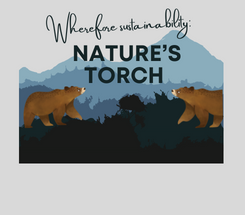
![[Sustainable Living Pod EP.2] Aquaponics in HKUST](/sites/default/files/impact/image/Aquaponic.png)
